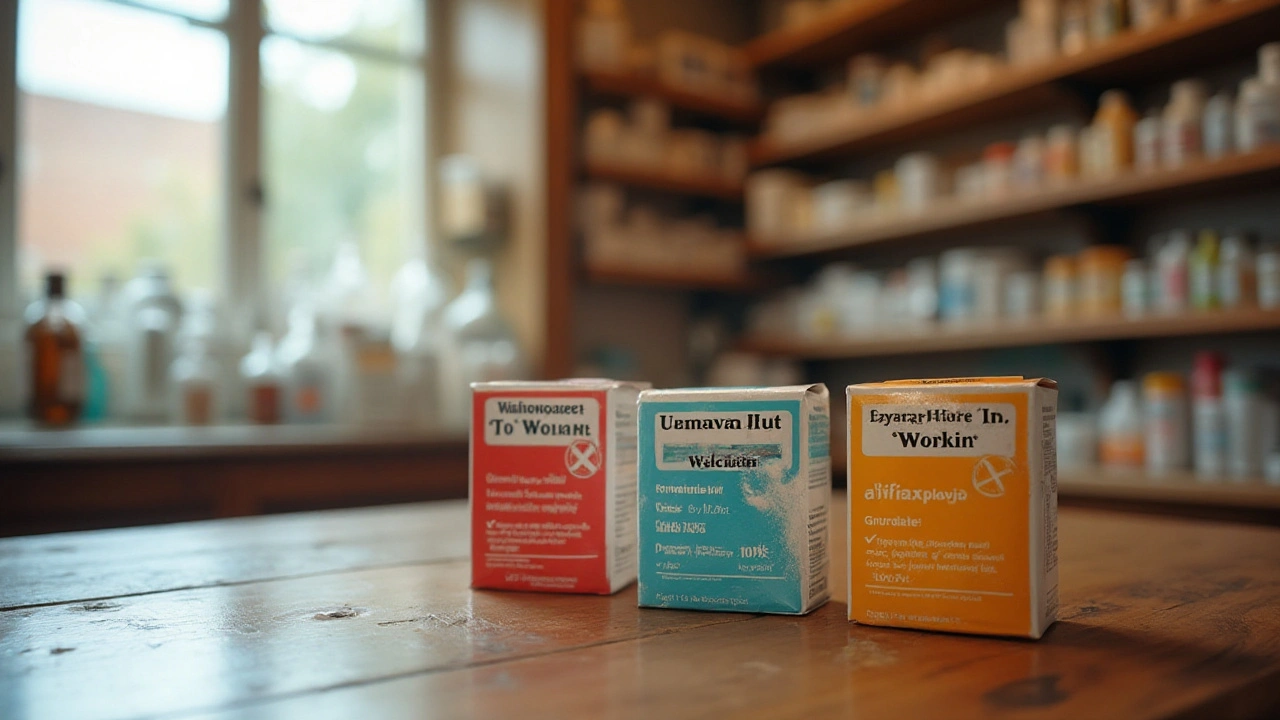Discover nine alternatives to Flagyl, each offering unique benefits in treating various infections. From Tinidazole to Rifaximin, these options offer diverse solutions for bacterial and protozoal infections. This article explores the pros and cons of each medication, helping you make informed decisions. Learn about the distinctive properties and potential side effects to choose the right treatment for your needs.
Tinidazole — what it treats and how to use it safely
Tinidazole is an antibiotic-like drug doctors use mainly against protozoal infections and some bacterial conditions. You’ll see it for trichomoniasis, giardiasis, amoebiasis, and bacterial vaginosis. It works by damaging the DNA of the germs that cause these infections, which stops them from multiplying and helps your immune system clear them.
Dosage depends on the infection. A common adult approach is a single 2 g oral dose for trichomoniasis or bacterial vaginosis. For intestinal parasites like giardia or amoebic infections, doctors often prescribe 2 g once daily for 1–3 days. Kids get a weight-based dose, so never guess a pediatric amount. Always follow a prescriber’s instructions — the exact dose and length matter for cure and to prevent resistance.
Side effects and key precautions
Most people handle tinidazole fine, but expect some common side effects: nausea, metallic taste, stomach upset, headache, or dizziness. These usually pass in a few days. Less common but serious effects include nerve problems (numbness or tingling) with long courses — report those right away. If you get severe stomach pain, vision changes, or allergic signs (rash, swelling, trouble breathing), seek emergency care.
Avoid alcohol while taking tinidazole and for 72 hours after the last dose — mixing them can cause flushing, nausea, vomiting, and a fast heartbeat. Tell your doctor about any blood thinners like warfarin; tinidazole can raise bleeding risk and may need closer INR checks. If you’re pregnant, trying to conceive, or breastfeeding, talk to your clinician before using tinidazole — some providers prefer other options in pregnancy.
Buying tinidazole and using it smartly
Tinidazole should be used with a valid prescription. If you’re buying online, pick pharmacies that show a real address, licensed pharmacist contact, and clear return and privacy policies. Check reviews and look for seals from recognized pharmacy verification services. Avoid suspiciously cheap multi-packs or sites that offer to ship without a prescription.
Store the tablets at room temperature, out of reach of kids. Finish the full course even if you feel better sooner — stopping early can let the infection come back. If symptoms don’t improve within a few days after treatment finishes, get rechecked; some infections need a different drug or longer care.
Questions for your doctor: Do I need tests before treatment? How long will symptoms clear? Any drug interactions with my current meds? Asking these makes treatment safer and faster.
Use tinidazole as directed, avoid alcohol, and buy only from reputable sources. That approach gives you the best chance of a quick, lasting cure.

